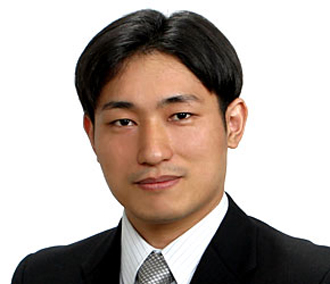Tsuyoshi Sekitani Develops Ultrathin Solar Cells
By wchung | 17 Dec, 2025
When an internet of things becomes reality it will take a network of tiny sensors on everything from clothing to bags of carrots. Those sensors will have to be powered by ultrathin, stretchable solar cells, the kind that Tsuyoshi Sekitani’s team has developed at the University of Tokyo.
Sekitani has developed organic, polymer-based solar cells that are thinner than spider silk and can be bent, even crumpled or wrapped around something as thin as a human hair. At 1.9 micro-meters, they’re ten times thinner than any other solar cells available today.
Sekitani’s solar cells are constructed by painting alternating stripes of metal electrode and active photovoltaic material over a pre-stretched elastomer and have the potential to be ultra-cheap — an essential quality for any component for an internet of things.
“You could attach the device to your clothes like a badge to collect electricity [from the sun],” Sekitani told AFP. “Elderly people who might want to wear sensors to monitor their health would not need to carry around batteries.”
“Power generation by solar cells increases with their size,” Sekitani pointed out. “As this device is soft, it is less prone to damage by bending even if it gets bigger.”
Currently the organic solar cells convert only about 4.2% of the sunlight that hits them into electricity. Sekitani hopes within the next five years to boost their conversion rate and turn them into practical power sources for the kinds of miniature sensor-transmitters that will have to become ubiquitous before we truly have an internet of things.
Sekitani’s team worked jointly with a team from Johannes Kepler University of Austria to develop the ultrathin solar cells.

Tsuyoshi Sekitani of Tokyo University led the team that developed the ultrathin organic solar cell that can function while bent and crumpled (lower).
Asian American Success Stories
- The 130 Most Inspiring Asian Americans of All Time
- 12 Most Brilliant Asian Americans
- Greatest Asian American War Heroes
- Asian American Digital Pioneers
- New Asian American Imagemakers
- Asian American Innovators
- The 20 Most Inspiring Asian Sports Stars
- 5 Most Daring Asian Americans
- Surprising Superstars
- TV’s Hottest Asians
- 100 Greatest Asian American Entrepreneurs
- Asian American Wonder Women
- Greatest Asian American Rags-to-Riches Stories
- Notable Asian American Professionals

